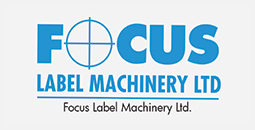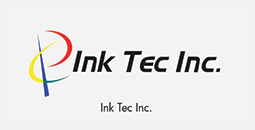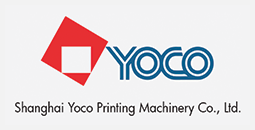Would the same image, printed by several different printing companies, always produce the same quality output? It’s an interesting question and one that can be addressed by considering the importance of print and packaging standards in the UK and global printing industry.
For print businesses, standards help to boost their productivity, resolve workflow problems and offer customers a clearer vision of how their print orders will look when complete.
Understanding printing industry standards is beneficial to brands for whom quality and cost are key aspects as they can make informed comparisons between providers before deciding who to place their orders.

Print and packaging standards are constantly evolving so keeping abreast of the changes is essential if your business is to remain competitive, focused and at the forefront of the marketplace.
The International Organisation for Standardization (ISO) is issuing some important changes that affect standards of graphical arts and technical specifications which print businesses should be aware of and accommodate.
CHANGES TO ANALOGUE PRINT
The main change to international standards is the revision of ISO 12647-2, also known as the printer’s ‘Bible’ for offset printing. The ISO is incorporating the methodology of CGATS TR015, together with updates to the TVI approach. However, it’s been several years since ISO 12647-2 was revised so industry feedback is valuable and can be provided via a standards organisation.
Regarding ISO 12647-6 for flexo printing, Spot Colour Tone Value (SCTV) will be added to provide a new approach to calculating tone value for spot colour. Instead of focusing on tone value numbers when assessing process colour, SCTV will allow more accurate replication of colours that concur more precisely with what the user sees.
CHANGES TO DIGITAL PRINT
Digital print is constantly advancing so technical specifications are being revised quickly to keep pace with change.
The key document, 15301, comprises two parts of interest. Part 1 stipulates new tests for printing presses while Part 2 provides vital information to assist printing companies objectively compare their output. Crucially, clients can make more informed comparisons when comparing machinery options, knowing that the test results are accurate and comparable. This eliminates the layer of individual subjectivity that has clouded digital print output in the past.
These tests can also be applied to analogue print to enhance existing practice and, in particular, for print businesses who aren’t using digital workflows.
HOW TO STAY UP TO DATE WITH INDUSTRY STANDARDS
Aim to stay informed by joining a trade body such as the British Printing Industries Federation (BPIF), British Association for Print and Communication (BAPC) , The European Flexo technical association(EFTA), or the Flexographic Technical association (FTA) based in USA.
Also, source your printing presses from an experienced provider, such as Focus Label, who can advise you on the latest industry standards and how they will affect your business.
Our free e-guide, How to Stay Ahead in the Label Printing Industry, is full of useful tips on current technology and future developments, so download your copy or get in touch to find out more.





